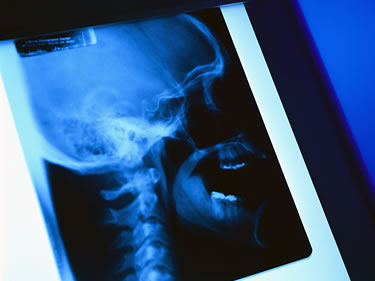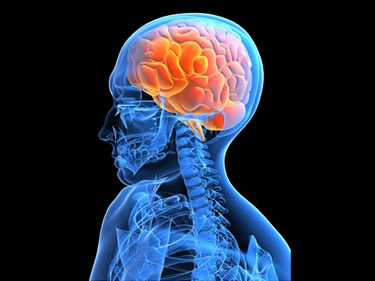|
Herald Sun A hit-run driver who killed a cyclist and then torched his car to cover up the crime before launching himself on a crime spree has been jailed for between three and more than five years. Daniel Veerman inexplicably drove across a dedicated bicycle lane on Mt Dandenong Rd, Ringwood East and ran over cyclist Keiran Bailey in March this year, sending the 44-year-old victim across the bonnet and roof of Veerman's sedan. Stopping momentarily after the crash, Veerman then fled and set fire to his car at the carpark of Daisey's Hotel, 600m away, the County Court was told. Mr Bailey's sister, Linda Ray, said the family was disappointed Veerman may have to serve just a threeyear- minimum sentence for the death and it was unlikely he would serve the full five-year and three-month maximum. "We are really disappointed, we know the maximum for that offence (dangerous driving causing death) was only 10 years, but it's never going to be enough," Ms Ray told the Herald Sun after the sentence. Although there were no drug or alcohol tests because Veerman fled, Ms Ray said she believed Veerman's long-term drug abuse - as detailed in court - would have been a factor in the case. Veerman, a marine science graduate, had turned to drugs and suffered mental health issues after a relationship breakdown, the court had heard. At the time of impact Veerman was travelling an estimated 80km/h, 10km/h over the speed limit, the court heard. Mr Bailey, 44, a psychiatric nurse, died of head injuries at the Alfred Hospital two days after the hit and run. Defence lawyer Richard Edney said Veerman had no recollection of the crash or the crimes afterward, and his first memory was after being picked up by police in Geelong. He said there was no evidence that drugs or alcohol were involved in the collision which occurred shortly after three lanes merged into two and shared the roadway with a designated bike lane. Veerman reappeared in Sunbury the day after the crash and was picked up by police walking a highway but released after giving a false name, the court heard. He then went on a 48-hour spree which included him stealing a car, attempting to steal another and carrying out petrol and cigarette thefts from Sunbury to Colac. Judge Felicity Hampel last week sentenced Veerman, 33, who pleaded guilty to dangerous driving causing death, failure to render assistance and theft charges, to five years and three months jail with a non-parole period of three years. |
Types of Brain Injury
Acquired Brain Injury
Since it’s not physically visible or easily recognized, it’s often its long term problems are usually in the areas of thinking and behaviour, and are not as easy to see and recognise as many other physical disabilities.
Non-Traumatic Brain Injury
Causes include lack of oxygen, glucose, or blood, is considered non-traumatic. Infections can cause encephalitis (brain swelling)
Traumatic Brain Injury
Open Head Injury
Mild Brain Injury
Even so, there may be some mild brain damage to the brain that may interfere with the person’s everyday living.


